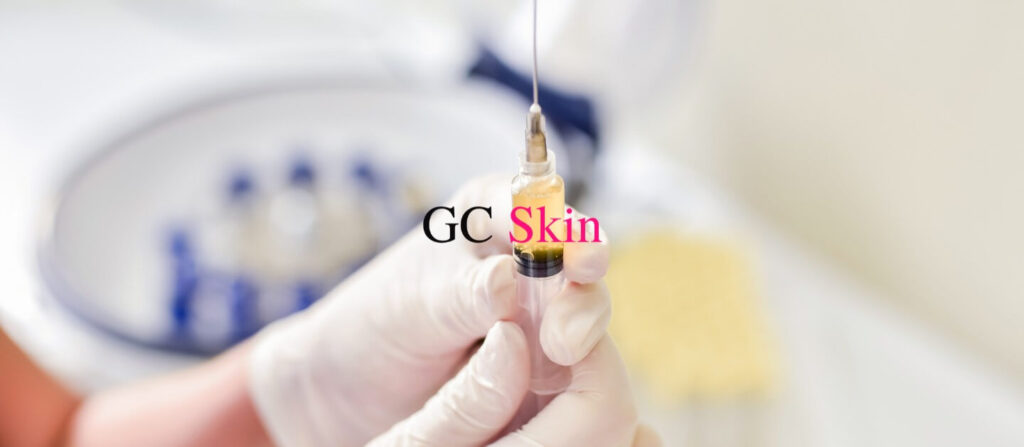Platelet-rich products have become increasingly popular in regenerative medicine due to their potential to promote tissue repair and regeneration. Two of the most commonly used platelet-rich products are platelet-rich plasma (PRP) and platelet-rich fibrin (PRF). While both products contain high concentrations of platelets, leukocytes, and growth factors, they differ in their preparation and composition. In this post, we will explore the differences between PRF and PRP and how they are used in clinical practice.
PRP is obtained by drawing a small amount of the patient’s blood and processing it through a centrifugation system that separates the platelets and other blood components from the red and white blood cells. The resulting product is a plasma-rich concentrate that contains a high concentration of platelets and growth factors. PRP can be prepared with different platelet concentrations depending on the specific clinical indication.
PRF, on the other hand, is obtained by a similar process but differs in the way it is prepared. PRF does not require any anticoagulants, and the blood is processed at a lower speed than PRP. The result is a fibrin clot that contains a high concentration of platelets, leukocytes, and growth factors. Unlike PRP, PRF is a 3D matrix that provides a natural scaffold for cellular growth and regeneration.
While both PRF and PRP contain high concentrations of platelets and growth factors, their composition and properties differ. PRF contains a higher concentration of leukocytes than PRP, which may be beneficial for promoting the inflammatory response and immune system activation. Additionally, PRF contains a higher concentration of fibrin, which provides a natural scaffold for cellular growth and regeneration.
Clinical applications of PRP and PRF also differ. PRP has been used extensively in orthopedics, sports medicine, and plastic surgery to promote tissue healing and regeneration. It has been used for a range of conditions, including osteoarthritis, tendonitis, and skin rejuvenation. PRF has been primarily used in dentistry and oral surgery to promote bone and soft tissue regeneration. It has also been used in plastic surgery to enhance wound healing and reduce scarring.
In summary, PRP and PRF are both platelet-rich products that have been used extensively in regenerative medicine. While they share some similarities in their preparation and composition, they differ in their properties and clinical applications. PRP is a plasma-rich concentrate that contains a high concentration of platelets and growth factors, whereas PRF is a 3D matrix that contains a higher concentration of leukocytes and fibrin. The choice of platelet-rich product depends on the clinical indication and the desired properties of the product. If you have more questions, schedule an appointment at (818) 458-9556.









